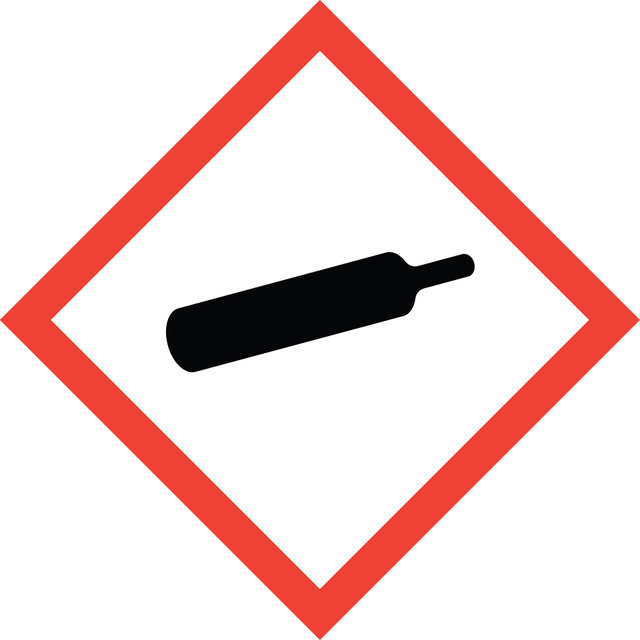443670
Butane, fuel for Micro Torch
contains no CFC gases
Synonym(s):
butane fuel, butane gas, gas butane
Sign Into View Organizational & Contract Pricing
All Photos(1)
About This Item
Empirical Formula (Hill Notation):
C4H10
Molecular Weight:
58.12
EC Number:
MDL number:
UNSPSC Code:
41100000
PubChem Substance ID:
NACRES:
NB.51
vapor density
2.11 (vs air)
vapor pressure
51.6 psi ( 37.7 °C)
autoignition temp.
761 °F
expl. lim.
8.4 %
packaging
pkg of 12 × 26 g
availability
not available in EU
bp
−0.5 °C (lit.)
mp
−138 °C (lit.)
SMILES string
CCCC
InChI
1S/C4H10/c1-3-4-2/h3-4H2,1-2H3
InChI key
IJDNQMDRQITEOD-UHFFFAOYSA-N
General description
- Triple-refined formula reduces clogging of filters
- Special vapor pressure promotes consistent ignition
- Contains no CFC′s, canister includes single-piece universal filling tip
- Recommended refill for all Ultratorch® & Master Butane-powered products
- 26g of butane fuel per can
Legal Information
Ultratorch is a registered trademark of Master Appliance Corp.
Signal Word
Danger
Hazard Statements
Precautionary Statements
Hazard Classifications
Flam. Gas 1A - Press. Gas Liquefied gas
WGK
nwg
Regulatory Information
新产品
Certificates of Analysis (COA)
Search for Certificates of Analysis (COA) by entering the products Lot/Batch Number. Lot and Batch Numbers can be found on a product’s label following the words ‘Lot’ or ‘Batch’.
Already Own This Product?
Find documentation for the products that you have recently purchased in the Document Library.
David Galvis-Pareja et al.
Toxicology and applied pharmacology, 279(1), 53-62 (2014-05-23)
Dihydropyridines are widely used for the treatment of several cardiac diseases due to their blocking activity on L-type Ca(2+) channels and their renowned antioxidant properties. We synthesized six novel dihydropyridine molecules and performed docking studies on the binding site of
Host genetic influences on the anthelmintic efficacy of papaya-derived cysteine proteinases in mice.
Wenceslaus Luoga et al.
Parasitology, 142(7), 989-998 (2015-03-05)
Eight strains of mice, of contrasting genotypes, infected with Heligmosomoides bakeri were studied to determine whether the anthelmintic efficacy of papaya latex varied between inbred mouse strains and therefore whether there is an underlying genetic influence on the effectiveness of
Jeffrey A Manion et al.
The journal of physical chemistry. A, 119(28), 7637-7658 (2015-04-15)
Presented is a combined experimental and modeling study of the kinetics of the reactions of H and CH3 with n-butane, a representative aliphatic fuel. Abstraction of H from n-alkane fuels creates alkyl radicals that rapidly decompose at high temperatures to
Richard Wolfenden et al.
Proceedings of the National Academy of Sciences of the United States of America, 112(24), 7484-7488 (2015-06-03)
The hydrophobicities of the 20 common amino acids are reflected in their tendencies to appear in interior positions in globular proteins and in deeply buried positions of membrane proteins. To determine whether these relationships might also have been valid in
Leandro S Sangenito et al.
PloS one, 9(12), e113957-e113957 (2014-12-03)
Aspartic peptidase inhibitors have shown antimicrobial action against distinct microorganisms. Due to an increase in the occurrence of Chagas' disease/AIDS co-infection, we decided to explore the effects of HIV aspartic peptidase inhibitors (HIV-PIs) on Trypanosoma cruzi, the etiologic agent of
Our team of scientists has experience in all areas of research including Life Science, Material Science, Chemical Synthesis, Chromatography, Analytical and many others.
Contact Technical Service
